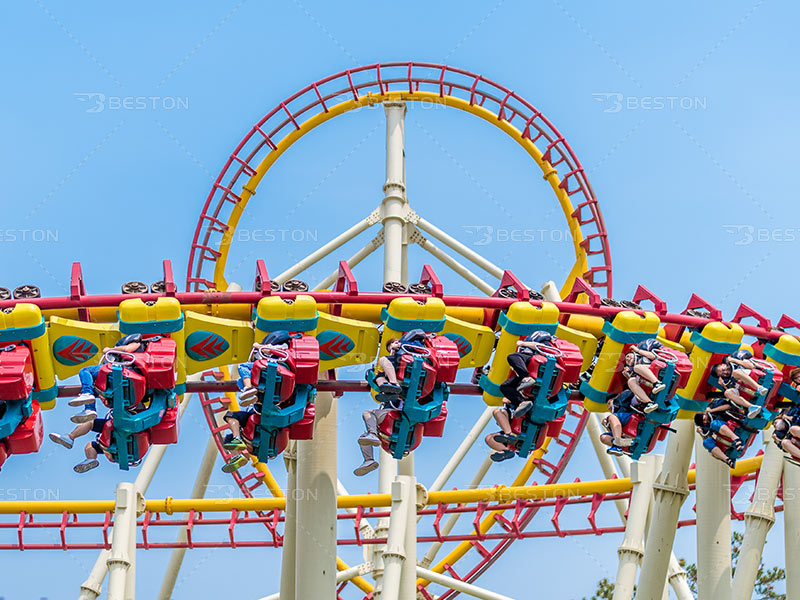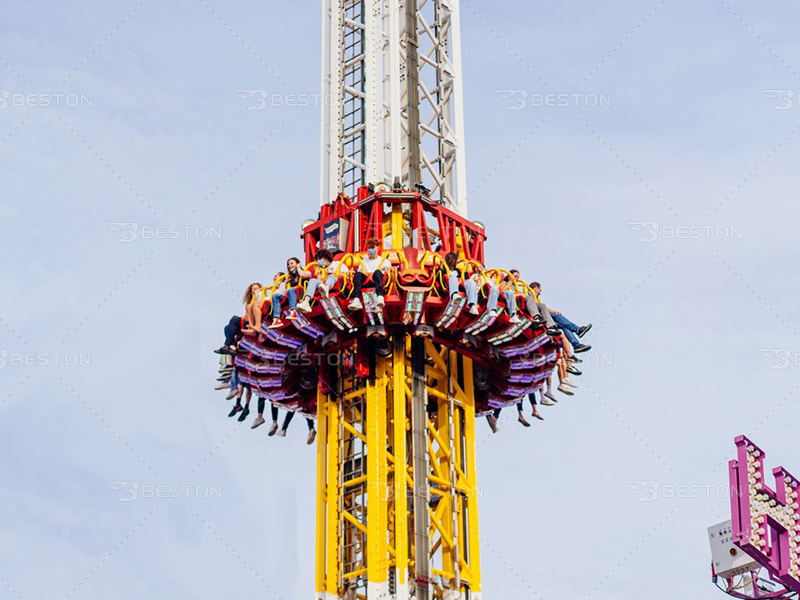Investing in amusement park rides requires careful planning, market knowledge, and a strategy to align with both current trends and long-term goals. The amusement industry is cyclical, influenced by economic conditions, consumer preferences, and technological advancements. Whether considering a roller coaster for sale or a classic ferris wheel, understanding the best time to invest and the most effective strategy can significantly impact returns.

Timing Your Investment
The first step in a successful investment strategy is understanding the optimal timing. The amusement industry experiences fluctuations based on both economic cycles and industry trends. During times of economic recovery, consumers often have more disposable income, making it an ideal period for investing in attractions like a roller coaster for sale. On the other hand, in times of economic downturn, parks may focus on cost-effective options, providing opportunities to find discounted rides in the second-hand market.
Another important factor influencing timing is technological advancements. Innovations such as virtual reality integration in roller coasters or new free fall tower designs often drive demand. Identifying these trends early can place investors ahead of the curve, as parks look to stay competitive by offering unique, cutting-edge experiences. Timing investments with these technological changes can provide a competitive advantage.

Strategic Planning for Long-Term Returns
Once the right time to invest is identified, creating a long-term strategic plan is crucial. Amusement park rides are expensive, and their profitability is influenced by both initial costs and long-term operational expenses. For instance, a ferris wheel cost is significant, but it offers consistent returns over a long period. Ferris wheels are popular among families and tourists, ensuring they remain an iconic and stable attraction. Investors should consider the longevity of such rides and their ability to maintain appeal over the years.
In contrast, more adrenaline-focused rides like free fall towers cater to thrill-seekers and often require more frequent upgrades or replacements. These attractions can generate high revenue in the short term but may become obsolete faster. Investors must account for factors like maintenance costs, technological lifespan, and market saturation when considering investments in thrill rides.
Understanding Market Demand
To make informed investment decisions, investors must understand local and regional market demand. Consumer preferences differ by demographic factors such as age and income. For example, a roller coaster for sale might attract younger visitors or thrill-seekers, while a ferris wheel may have broader appeal for families, tourists, or couples. Tailoring investments to the preferences of the local population is essential for maximizing returns.
Seasonality is another important consideration. Demand for amusement park rides typically peaks during summer months and holidays, with quieter periods during off-season months. Understanding these fluctuations in attendance will allow investors to plan for both peak and off-peak periods. Strategic planning for staffing, maintenance, and ride usage during quieter times can ensure steady returns year-round.
Diversifying Your Investment Portfolio
Diversification is a key strategy for reducing risk in amusement park ride investments. By spreading investments across different ride types and locations, investors can protect themselves against market fluctuations. For example, while a roller coaster for sale may provide high returns in the short term, it could face competition from nearby parks with similar attractions. On the other hand, a ferris wheel offers timeless appeal and stability, ensuring consistent visitor interest.
Diversifying by location is also important. Urban parks may benefit from high-speed, thrilling rides, while rural or resort-based parks might see better returns from classic attractions. By diversifying ride types and geographical locations, investors can maximize the potential for growth while minimizing the risk of market changes.
Evaluating Sustainability
Sustainability should also be a critical factor in investment decisions. Consumers are increasingly concerned with environmental impacts, and regulations are becoming stricter regarding the environmental footprint of amusement parks. Investors should evaluate the sustainability of the rides they invest in, considering factors such as energy consumption, waste management, and materials used in construction.
Moreover, the long-term success of amusement park rides depends on staying competitive. This means keeping up with innovations and continuously upgrading attractions to meet changing safety standards and consumer expectations. A free fall tower, for example, may require frequent updates to maintain its appeal. Ensuring that rides incorporate the latest safety features and technologies will help preserve their profitability.
Conclusion
Investing in amusement park rides is a significant financial commitment that requires careful timing, strategic planning, and a deep understanding of market trends. By focusing on key factors like timing, demand, diversification, and sustainability, investors can increase the chances of a successful investment. With the right strategy, investments in rides like roller coasters, ferris wheels, and free fall towers can provide long-term profitability and a competitive edge in the amusement industry.
